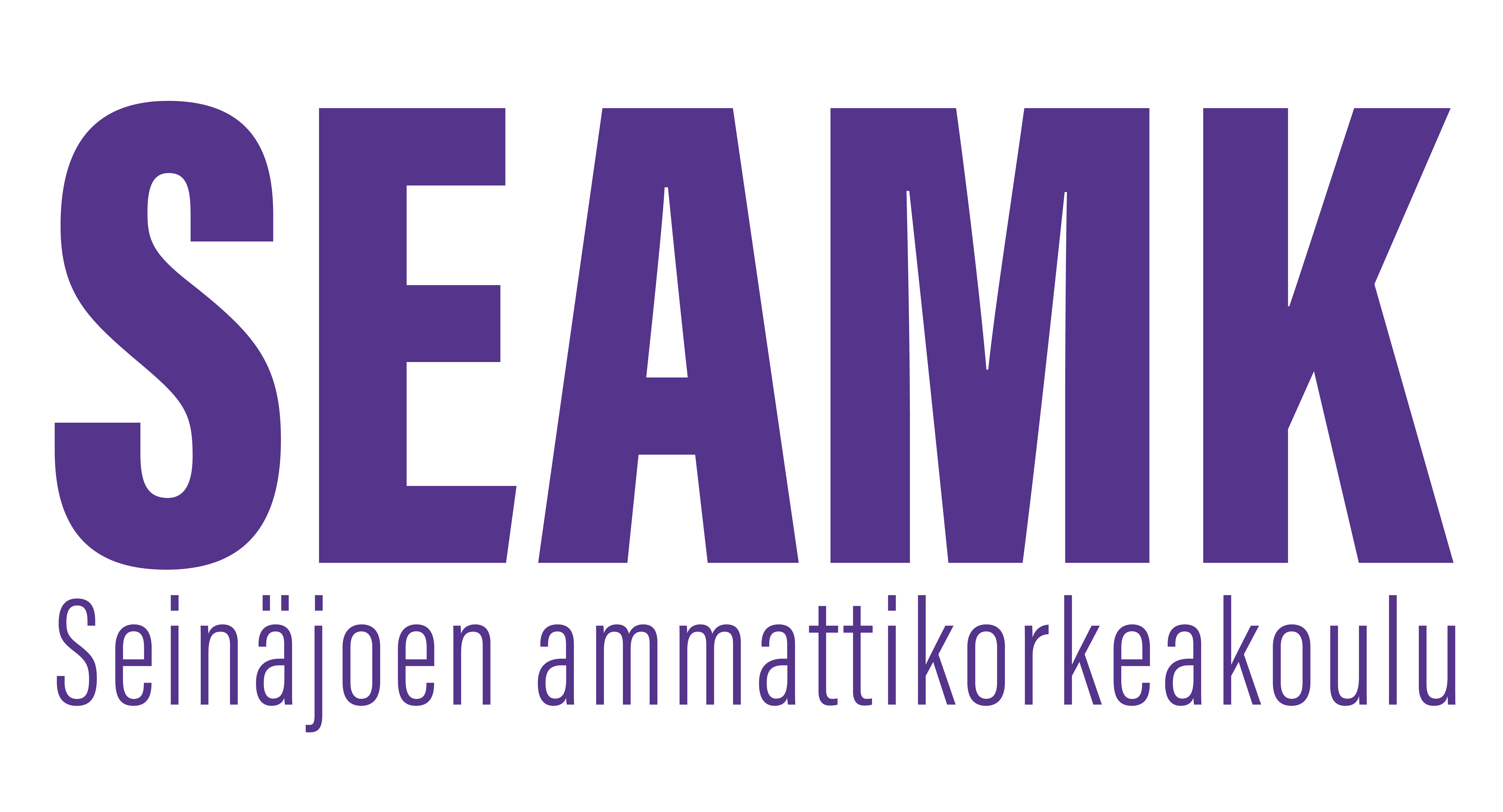Kasvukausi (5op)
Toteutuksen tunnus: KA00BW87-3014
Toteutuksen perustiedot
- Ilmoittautumisaika
- 10.11.2025 - 18.02.2026
- Ilmoittautuminen toteutukselle on käynnissä.
- Ajoitus
- 30.03.2026 - 30.09.2026
- Toteutus ei ole vielä alkanut.
- Opintopistemäärä
- 5 op
- Lähiosuus
- 5 op
- TKI-osuus
- 1 op
- Toteutustapa
- Lähiopetus
- Yksikkö
- SeAMK Agrologi
- Toimipiste
- SeAMK Seinäjoki, Frami
- Opetuskielet
- suomi
- Koulutus
- Agrologi (AMK)
- Opettajat
- Anu Latva-Reinikka
- Jussi-Matti Kallio
- Anna Tall
- Jari Luokkakallio
- Jori Lahti
- Ryhmät
-
AGRO24Agrologi (AMK)
- Opintojakso
- KA00BW87
Arviointiasteikko
1-5
Tavoitteet
Opiskelija seuraa kasvukauden aikaisia tapahtumia pellolla. Opiskelija tunnistaa tärkeimmät rikkakasvit, kukkivat luonnonkasvit sekä taudit ja tuholaiset. Opiskelija oppii tunnistamaan kasvien kehitysvaiheet ja kasvinsuojelutarpeen sekä ympäristöarvoiltaan arvokkaat luontokohteet.
Opiskelija on selvillä sadonmuodostukseen ja sadon laatuun vaikuttavista tekijöistä sekä osaa arvioida kasvinviljelyn eri työvaiheiden laatua ja siihen vaikuttavia tekijöitä.
Opiskelija osaa kuvailla sadonkorjuussa käytettävää teknologiaa erityisesti viljelyä tarkentavien mittausvälineiden, säätöjärjestelmien ja toimenpiteiden näkökulmasta sekä tuntee ruiskun testauksen keskeiset vaiheet.
Opiskelija osaa antaa esimerkkejä alueen viljelyä tehokkaasti ja ympäristöystävällisesti kehittävistä yrityksistä.
Sisältö
Peltoviljelyn kasvilajeja ja lajikkeita, näytemaan seuranta, rikkakasvit, luonnonkasvit, taudit ja tuholaiset, kasvilajituntemusta, kasvinsuojelutarve, tutustuminen tutkimustoimintaan, eri tuotantosuuntaa harjoittavien tilojen viljelytilanteiden tuloksen arviointia käytännössä, ruiskun testaus, maatalouskone-, yritys- ja tilavierailuja.
Oppimateriaalit
Erkamo, M. 2015. Uusi rikkakasviopas: pelto, puutarha ja taimistot. Kasvinsuojeluseura.
Ajankohtaisia kasvinsuojeluohjeita 2022. Kasvinsuojeluseura
Värikuvakasviot; Muuta kirjallisuutta ja materiaalia osoituksen mukaan.
Opetusmenetelmät
Aktivoivat luennot ja ohjatut harjoitustyöt (60 %), omaehtoinen työskentely (40 %)
Toteutuksen valinnaiset suoritustavat
Opiskelijalla on mahdollista opinnollistaa kurssi, jos opiskelija täyttää seuraavat vaatimukset:
Opiskelija omistaa itse maatilayrityksen ja hänen on mahdollista saada kurssin sisältöön liittyvä osaaminen omalta tilalta.
Opiskelijan ajankäyttö ja kuormitus
Yhteensä 133 h, josta aktivoivat luennot ja ohjatut harjoitustyöt 80 tuntia ja itsenäistä opiskelua 53 tuntia.
Arviointikriteerit, tyydyttävä (1)
Opiskelija osaa opintojakson perusasiat. Opiskelija kerää ja tunnistaa ohjattuna rikkakasveja, tauteja ja tuholaisia sekä tuntee viljelykasvien kehitysvaiheita. Opiskelija tietää, mitkä asiat vaikuttavat sadonmuodostukseen ja sadon laatuun. Opiskelija kuvailee viljelyssä käytettävää teknologiaa.
Osaa selostaa yritysvierailukohteiden keskeiset toiminnat.
Arviointikriteerit, hyvä (3)
Opiskelija osaa opintojakson asiat hyvin. Opiskelija kerää ja tunnistaa omatoimisesti rikkakasveja, tauteja ja tuholaisia sekä tuntee viljelykasvien kehitysvaiheet. Opiskelija osaa päätellä sadonmuodostukseen ja sadon laatuun vaikuttavia tekijöitä. Opiskelija osaa perustella viljelyssä käytettävää teknologiaa.Osaa selostaa yritysvierailukohteiden keskeiset toiminnat ja verrata niiden toimintaa opintojakson tavoitteisiin.
Arviointikriteerit, kiitettävä (5)
Opiskelija osaa opintojakson asiat hyvin ja osaa soveltaa niitä käytäntöön. Opiskelija kerää ja tunnistaa aktiivisesti rikkakasveja, tauteja ja tuholaisia sekä tunnistaa viljelykasvien kehitysvaiheet. Opiskelija osaa pohtia ja analysoida sadonmuodostukseen ja sadon laatuun vaikuttavia tekijöitä. Opiskelija osaa soveltaa käytäntöön viljelyn teknologiatietämystä..Osaa selostaa yritysvierailukohteiden keskeiset toiminnat, verrata ja analysoida niiden toimintaa opintojakson tavoitteisiin.
